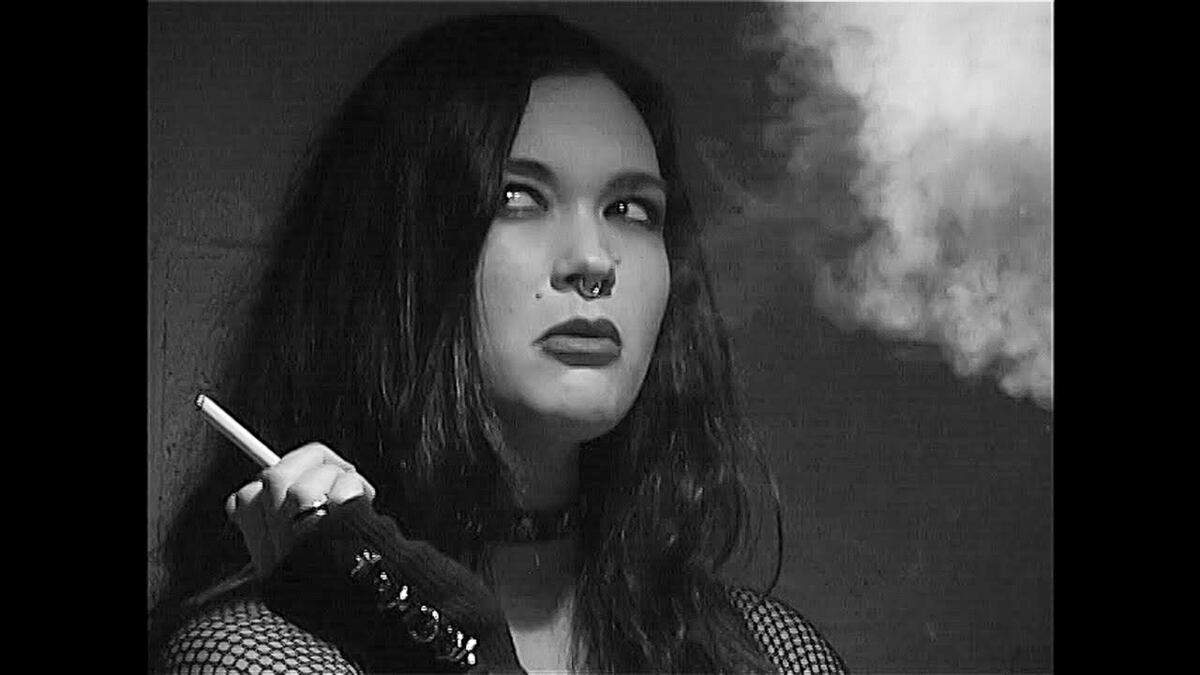Despite graduating film school in 1978, Ray Nomoto Robison never thought about making movies until he began teaching cinema more than two decades later. The now award-winning director had for years used his education to produce ads for television, but never a full-blown feature. That all changed once he returned to the classroom.
"Around 2000," he recalls, "I was hired part-time at Southern Oregon University for video production classes, and what really clicked was seeing my students come in so excited to show me things that they'd been shooting over the weekend just out of love. By then, I had all this gear from freelancing and thought: 'Oh my goodness! I went to film school to make films, not TV commercials. I'm going to start making my own movies.' And so I did."
Robison should rightly be best remembered for his 2006 sophomore project Sixes—an arresting noir thriller shot in the Rogue Valley that's newly streamable on Amazon Prime after distributor mismanagement effectively caused it to disappear from screens for years. The film was among the first all-digital features, exploiting the still-primitive format's flattened perspective and warped imagery for maximum claustrophobic effect.
Now that Sixes is once again available to view 15 years after its debut, WW caught up with Robison to discuss how he lost and regained rights to the film, what inspired the plot and how he managed to sell his first feature on eBay.
WW: How did the idea for Sixes come about?
Ray Nomoto Robison: Essentially, 16, 17 years ago, when I wrote it, there was a lot going on with reality TV shows like Survivor and Fear Factor and the online gambling industry. Sixes was a blend of those two entities—basically, Russian roulette with six desperate people. Contestants are found through a suicide hotline and brought in to risk their lives for the chance of winning massive amounts of money.
Did the film make it into many festivals?
They were small festivals, not like Sundance or Tribeca. The idea of distributors waiting for you after a screening isn't true, but there were a couple offers. We went with this new Arizona-based company that seemed very passionate about the film. They took it to Cannes, in fact, but went belly up shortly after.
Sixes was screened at Cannes?
Well, it wasn't an official selection. Cannes is surrounded by all these other events. The distributor rented out a side theater so potential buyers could come see. They were up and coming, had connections—or so it seemed to me—but they couldn't figure out the financials and folded very rapidly. After they went bankrupt, the rights were lost for two or three years before I was finally able to communicate with them.
At which point you retrieved the rights?
They officially handed them back to me, but it was no longer new. So, I had an old movie and no idea what to do with something that had already become sort of outdated. Sixes was a very, very early digital film made back when the format was just switching to high definition. Fortunately, I intended for an old kind of black-and-white Twilight Zone look. I think the film still plays very well because it was never designed to be slick.
Was Sixes your first feature?
Actually, no. After I got the bug from my students, I made a feature that was, honestly, pretty bad. Die Before I Wake was my first effort at doing something without a budget—I spent about $6,000—and it really didn't go anywhere. The acting was not great, and back in 2000, festivals wouldn't accept anything shot digitally unless transferred to film, which I could not afford to do.
I tried to get distributors to pick it up, but no one would. So, kind of at the end of my rope, I got to thinking: This site called eBay had just come out promising anyone could sell anything. I put the movie on eBay and pretty much sold all the rights to a small-time distributor on the East Coast. They picked it up for the minimum bid, which was $3,000, and I thought: "That's half. I might as well take it." They put out some DVDs, but it really was a bad movie.
How would you sum up your career so far?
For me, bottom line, I love the process. There really wasn't ever any money. I self-financed and made a lot of mistakes along the way, but I have to admit I enjoyed myself. Filmmaking is my passion. My art. That's why I started and why I'll always continue.
SEE IT: Sixes streams on Amazon Prime.

